Colour Psychology & Persuasion: How Colour Talks & What It’s Really Saying
Think about your last persuasive presentation. What was the main idea you wanted to get across to your audience? What forms of communication did you use to do so?
It’s quite likely you spent 95% of your focus on the content and wording of your message. In North America, we tend to value low-context communication: clear and explicit messaging, heavy reliance on data and facts, and a focus on the written word. This type of communication is innate for most of us. Perhaps you haven’t even considered this to be a communication style at all – but rather, how communication simply functions.
The truth is, communication is so much more than just selecting the right words.
High-context communication places value on indirect and implicit messaging, as well as non-verbal cues – elements that we tend to overlook in our low-context society.
Colour is a powerful high-context element that deeply plays into our senses, yet we often forget about it when it comes to communication. In North America, yellow promotes feelings of energy, warmth, and excitement; a far contrast from blue, which is associated with tranquility, calmness, and trust. Colour can support your message by evoking subconscious beliefs and feelings – or hinder your message, if used improperly.
Considerations When Selecting Colours
Just like you would write with your audience in mind, you need to select colours with your audience in mind.
When preparing to persuade with marketing materials, such as a PowerPoint presentation, research the colour nuances of your audience’s:
1) Culture
How we feel about colours is learned, which is why every culture interprets colours differently. For example, in Japanese culture, white is a symbol of mourning, while black is a symbol of honour. This couldn’t be more different in North American culture, which associates black with mourning, and white with cleanliness, innocence, and purity.
2) Age
As we age, our colour discrimination alters, due to the crystalline lens yellowing in our eyes. The older an individual gets, the greater their affinity for green and red, and the greater their aversion for blue.
3) Gender
Males and females experience colours differently. For instance, females can distinguish more shades of colour than males. Females are fond of the colour purple, while males don’t have the same attraction to it. Both genders like blue, but males favour the colour significantly more.
As Western society moves into a greater understanding and acceptance of gender fluidity, this research seems to be less and less applicable. The safest bet is to avoid the “go-to” pinks for women and blues for men. It’s outdated.
4) Religion & Spirituality
It’s always important to be sensitive to your audience’s religion and spiritual beliefs. For example, mosques and other sacred Islamic spaces are often green – Muhammad’s favourite colour. In Judaism, blue is associated with the 10 commandments and represents spirituality. If your audience identifies with a religion that holds a colour sacred, we strongly suggest not using that colour in any marketing assets.
The following image is a great resource to follow:
The bottom line? Choose your colours wisely. Your message may not have the same persuasive punch if your words are saying one thing, but your colours are communicating something else.








